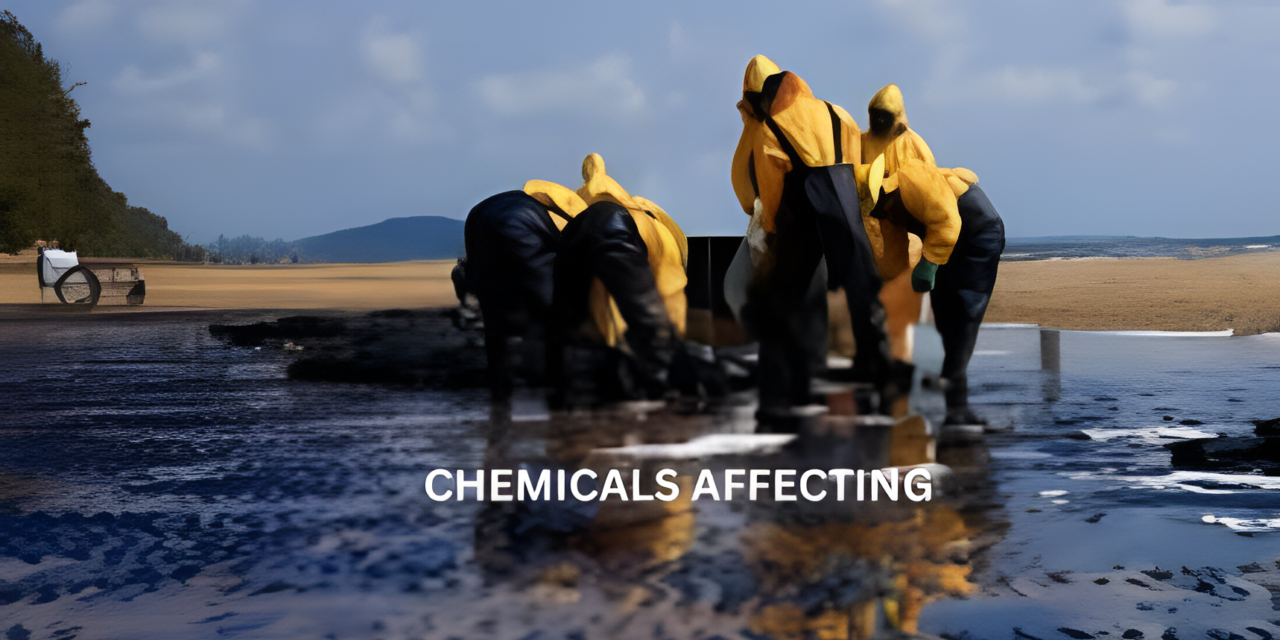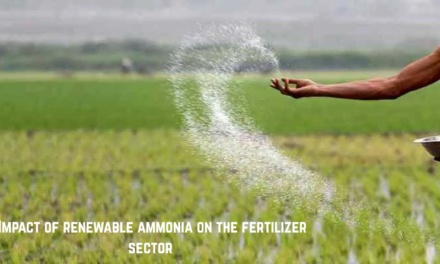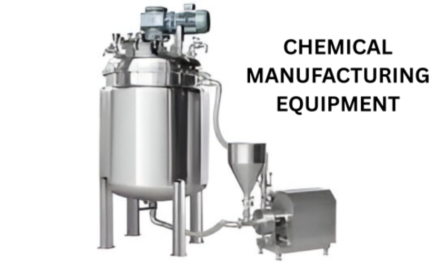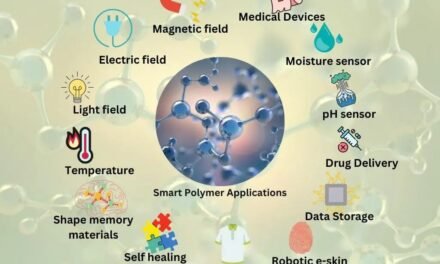Basic chemicals play a fundamental role in shaping and supporting downstream industries, acting as essential building blocks for a wide range of products and applications. Their influence extends across multiple sectors, including agriculture, manufacturing, healthcare, construction, and consumer goods. Here’s how basic chemicals impact downstream industries:
1. Agriculture
- Fertilizer Production:
- Ammonia: A critical feedstock for fertilizers like urea and ammonium nitrate, enhancing crop yields and food security.
- Sulfuric Acid: Used in the production of phosphate fertilizers, vital for soil enrichment.
- Impact:
- Drives global food production efficiency and sustainability.
- Supports the development of precision agriculture with advanced agrochemicals.
- Challenges:
- Fluctuations in raw material prices affect fertilizer affordability for farmers.
2. Pharmaceuticals and Healthcare
- Active Ingredients and Intermediates:
- Basic chemicals like chlorine and ethylene oxide are used to synthesize pharmaceuticals and medical-grade polymers.
- Sterilization and Disinfectants:
- Chlorine-based compounds are essential for water purification and hospital sanitation.
- Impact:
- Enables the production of essential medicines and medical devices, such as syringes and IV bags.
- Supports global health initiatives through cost-effective raw materials.
- Challenges:
- Regulatory compliance and supply chain reliability are critical for maintaining quality and availability.
3. Construction and Infrastructure
- Polymer Applications:
- Ethylene and propylene derivatives (e.g., PVC, polystyrene) are key materials for pipes, insulation, and coatings.
- Cement and Steel Production:
- Sulfuric acid and other chemicals are used in processing construction materials.
- Impact:
- Enables lightweight, durable, and energy-efficient materials for modern infrastructure.
- Drives innovation in sustainable construction through bio-based and recyclable materials.
- Challenges:
- Environmental concerns related to the carbon footprint of chemical production.
4. Consumer Goods
- Packaging Materials:
- Polymers derived from basic chemicals like ethylene and propylene produce flexible and rigid packaging.
- Personal Care Products:
- Chemicals such as glycerin, ethanol, and surfactants are essential for cosmetics and hygiene products.
- Impact:
- Enables the production of affordable and high-performance consumer products.
- Supports the demand for biodegradable and eco-friendly packaging solutions.
- Challenges:
- Pressure to reduce plastic waste and transition to circular economy practices.
5. Automotive and Aerospace
- Lightweight Materials:
- Basic chemicals produce advanced polymers and composites, reducing vehicle weight and improving fuel efficiency.
- Lubricants and Coolants:
- Chemicals like ethylene glycol are critical for automotive cooling systems.
- Impact:
- Supports the shift toward electric and hybrid vehicles with materials for batteries and lightweight components.
- Enhances performance and durability in aerospace applications.
- Challenges:
- Meeting stringent safety and sustainability standards in automotive and aerospace manufacturing.
6. Electronics and Technology
- Semiconductor Manufacturing:
- Specialty chemicals like silicon wafers and etching agents derived from basic chemicals are used in chip production.
- Plastic Components:
- Polymers made from ethylene and propylene are used in casings and circuit boards.
- Impact:
- Fuels innovation in consumer electronics, renewable energy (e.g., solar panels), and communication devices.
- Challenges:
- Supply chain disruptions and the need for high-purity materials.
7. Energy and Fuels
- Petrochemical Products:
- Basic chemicals like methanol and hydrogen are crucial for producing cleaner fuels and energy carriers.
- Batteries and Energy Storage:
- Ammonia and other chemicals are being explored as hydrogen carriers for green energy.
- Impact:
- Enables the transition to low-carbon and renewable energy solutions.
- Challenges:
- High costs of renewable feedstock integration and infrastructure upgrades.
8. Textiles and Apparel
- Synthetic Fibers:
- Chemicals like ethylene glycol are key components in polyester and other synthetic fibers.
- Dyes and Finishes:
- Basic chemicals contribute to textile dyeing, finishing, and water repellency.
- Impact:
- Supports the production of affordable, durable, and versatile clothing and home textiles.
- Challenges:
- Addressing water pollution and chemical waste in textile processing.
9. Food and Beverages
- Additives and Preservatives:
- Chemicals like citric acid and sorbates enhance food preservation and flavor.
- Packaging:
- Polymers derived from ethylene are widely used in food-grade packaging.
- Impact:
- Extends the shelf life of products and ensures food safety.
- Challenges:
- Shifting to biodegradable and reusable packaging materials.
10. Environmental Applications
- Water Treatment:
- Chlorine and aluminum sulfate are essential for municipal and industrial water purification.
- Pollution Control:
- Chemicals are used in scrubbers to reduce industrial emissions and treat wastewater.
- Impact:
- Supports global efforts to improve water quality and reduce air pollution.
- Challenges:
- Ensuring affordability and accessibility in developing regions.
Conclusion
Basic chemicals form the backbone of countless downstream industries, enabling innovation, cost efficiency, and sustainability. While they drive economic growth and improve the quality of life, environmental concerns, supply chain stability, and regulatory compliance must be addressed. The essential chemicals industry can further enhance its positive impact on downstream industries by adopting greener processes and circular economy principles.
Hashtags
#BasicChemicals #ChemicalIndustryImpact #ChemicalsInManufacturing #ChemicalSupplyChain #IndustrialChemistry #DownstreamIndustryApplications#ChemicalsInAction #DownstreamIndustries #ChemicalApplications #MaterialsForManufacturing #ChemicalDependencies #SectorSpecificFocus#PharmaAndChemicals #AgroChemicals #TextileChemicals #EnergyAndChemicals #ConstructionChemicals #InnovationAndSustainability #ChemicalInnovation #SustainableChemicals #GreenDownstreamIndustries #EcoIndustrialApplications #CircularChemicals

















